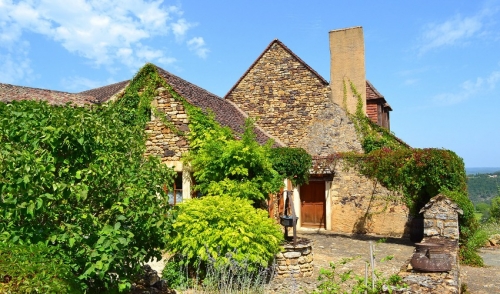
What to Watch Out For when Restoring an Old House
If you are considering an old house for restoration, then you’ve most likely made peace with the fact that there’s a higher level of maintenance required. The good news is, if the house has been properly maintained throughout the years, then the structure may only need minimal work. Study the profile of the home. Through the years, houses go through many changes. Though the craftsmanship of the original build may be of superior quality, later additions or renovations may not reach the same high watermark. In many cases, that’s where much of the restoration in older homes is needed. Below, we’ll discuss some key things to look out for if you’re considering buying an old home for restoration or are planning to work on one that you live in.
- Termites and other wood destroying insects could live within (and damage) the wood structure of an old house for years before ever being detected. In addition, previous renovations or repairs can conceal structural damage due to fire or water damage.
- Many of the household utilities that we’ve grown up with, such as electrical, plumbing, and heating, either existed in a drastically different form or not at all, back when the house was built. This means that throughout the years, these utilities have most likely undergone significant retrofitting. As a result, many vestiges of older technology can most likely be scattered about in various nooks and crannies of the house. Wiring, for example, was originally intended just for lighting. This is because major appliances were not initially available for residential use. These conveniences came much later and household wiring had to be upgraded. As a result, portions of old (and potentially inadequate) wiring can still be precariously located along the line between the circuit breaker and appliance.
- Obviously, there have been many breakthroughs and discoveries in the realm of health and safety. Where old houses are concerned, this is primarily asbestos and lead-based paint. For both, there are essentially three choices to mitigate them. Either remove these hazards from the material they are adhered to, such as woodwork or plumbing; remove the hazard and the material; or encapsulate the hazard without removing anything. Encapsulation is the least expensive option and can be quite safe as long as this method is properly monitored and maintained. Lead paint can be tested for easily and can be safely removed by a professional. Asbestos removal, however, should be performed by a professional.
- Unless damaged beyond repair, old windows can be restored and made to be more efficient. If replacement is necessary, many manufacturers offer historic profiles and custom options to blend seamlessly with existing design. A little extra time and maintenance can keep these historical treasures intact and the home will not lose any of its original charm or character.
If you feel the home has historic value, then you may have an opportunity to take advantage of historic rehabilitation tax credits. These are the largest incentive available to residential homeowners—even larger than the mortgage interest deduction. Check with your state to see if there is a program in which a portion of the rehabilitation expenses on a historic home can be rebated through the state income tax.
